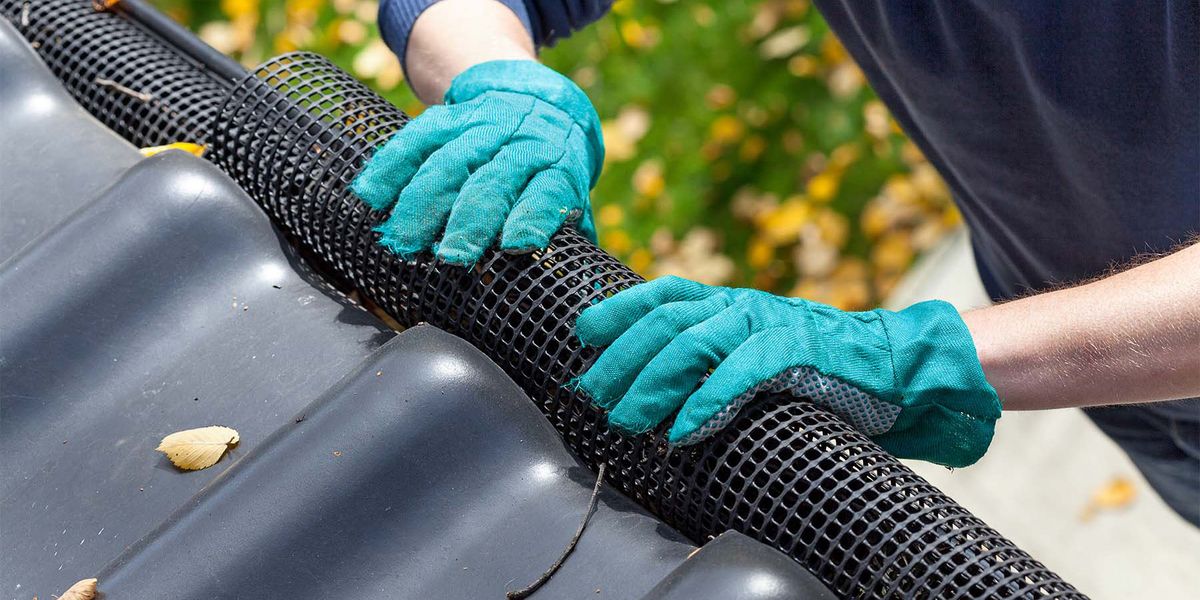
Doing the Little Things Makes a Difference in Wildfire Safety
Posted: Dec. 16, 2024
- 2 min read
- Find similar articles:
- Wildfire and WUI
- CRR
Can grass roots, fire service-led, and community-driven wildfire efforts make a difference in the survival of homes, neighborhoods, cities and firefighters? The answer is a resounding yes.
Researchers from the National Institute of Standards and Technology (NIST), the Insurance Institute for Business and Home Safety® (IBHS), and wildfire scientist Jack Cohen (retired) from the U.S. Forest Service Missoula, Rocky Mountain Research Station, all share the same conclusion:
Residents in wildfire-prone regions can make a difference in their wildfire safety by making effective changes to their homes and surrounding landscapes. These activities can be simple and often low-cost changes.
Home ignition zones
Teach your community about the actions they can take in the immediate zone, intermediate zone and extended zone to make their homes safer.
Immediate zone the home and the area from 0 to 5 feet from the exterior of the home.
This is the most important zone.
- Keep roofs and gutters free of dead leaves, debris and pine needles.
- Replace or repair loose or missing shingles or roof tiles.
- Move anything that can burn, like mulch, flammable plants, leaves, needles and firewood piles, from exterior walls.
Intermediate zone the area 5 to 30 feet from the immediate zone.
Landscaping in these areas can influence and decrease fire behavior.
- Keep lawns and native grasses mowed to four inches.
- Remove ladder fuels (vegetation under trees).
- Prune trees 6 to 10 feet from the ground.
Extended zone the area 30 to 100 feet from the intermediate zone.
It is important to interrupt fire's path and keep flames smaller and on the ground.
- Clean out ground litter and debris.
- Remove dead plants and trees.
- Remove plants and trees from around storage sheds and out-buildings.
Success goes beyond the research
Residents and fire departments have joined together to make their communities safer from wildfire. Falls Creek, in Durango, Colorado is an example of a community that worked together with their local fire department and land management agencies to make changes to their environments and assisted to stop the movement of a wildfire through the area. The Fire Adapted Community Learning Network has examples of community wildfire mitigation done before there is a wildfire.
Until the threat from COVID-19 passes, fire departments should encourage homeowners to work individually on improving home safety until it is safe to work together again on wildfire community projects.
